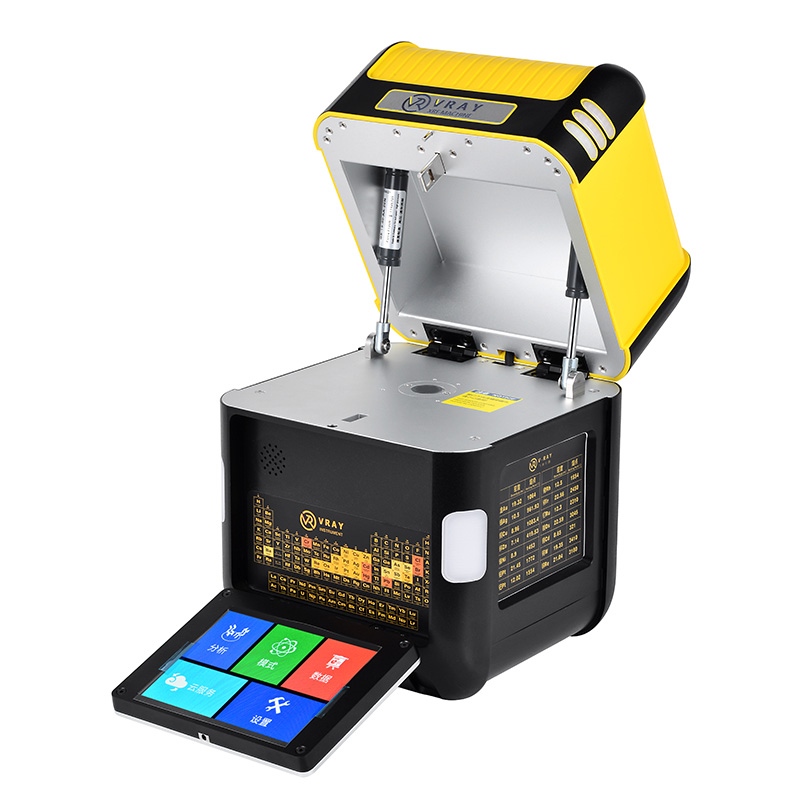
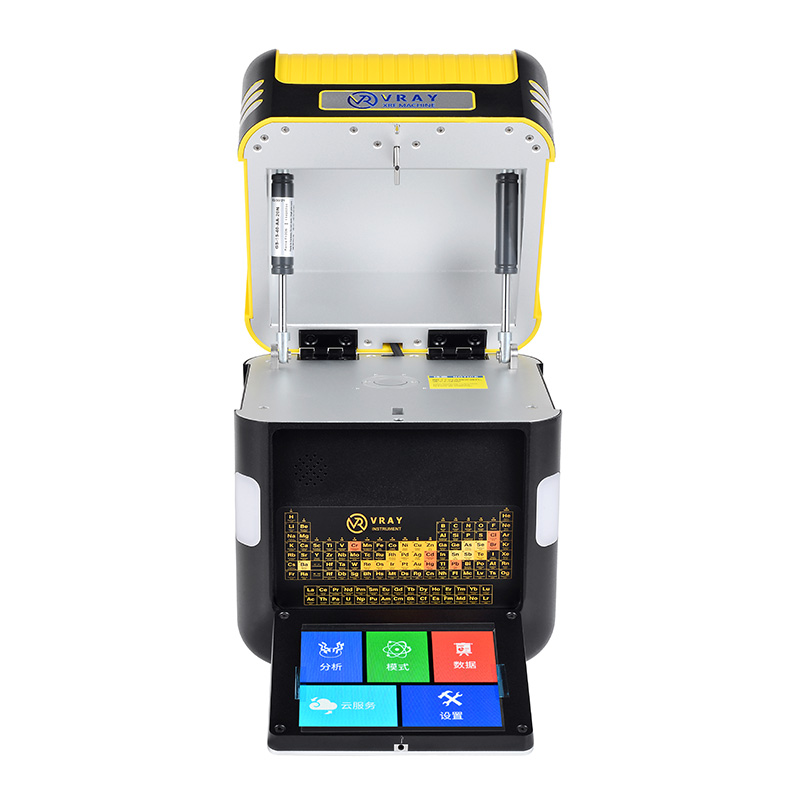
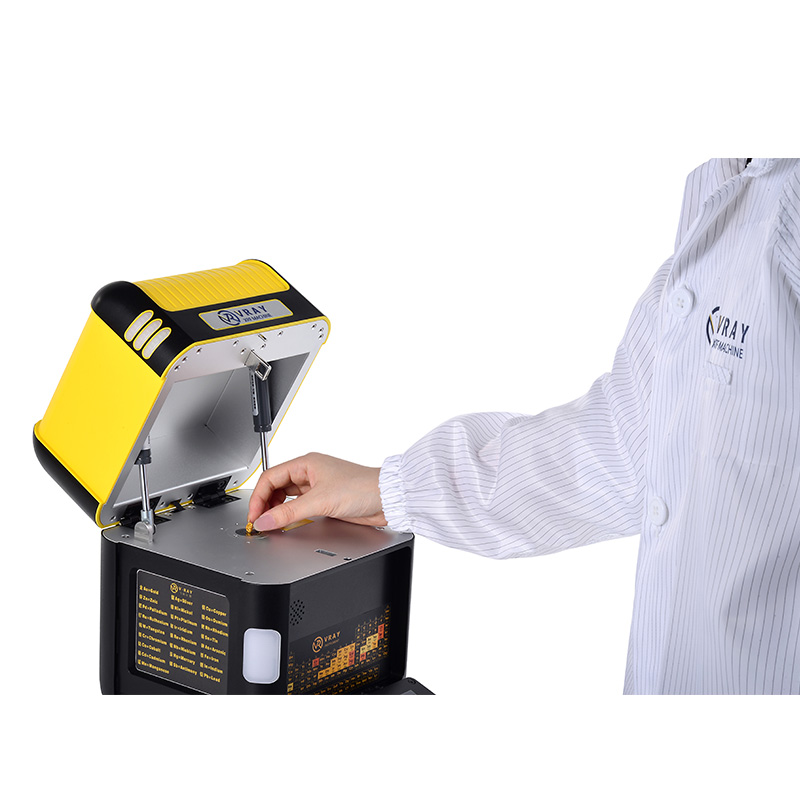
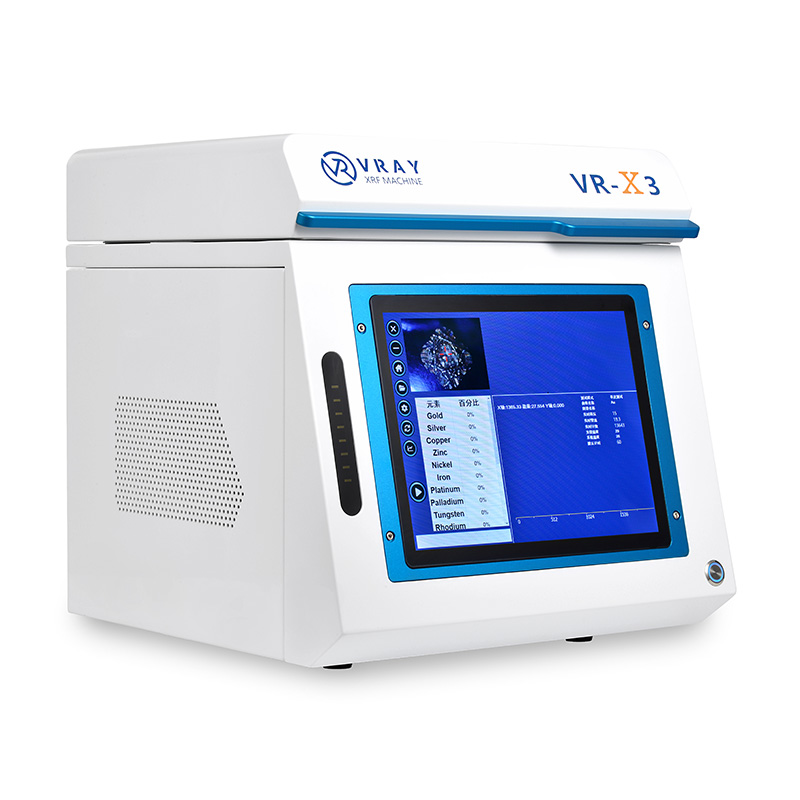
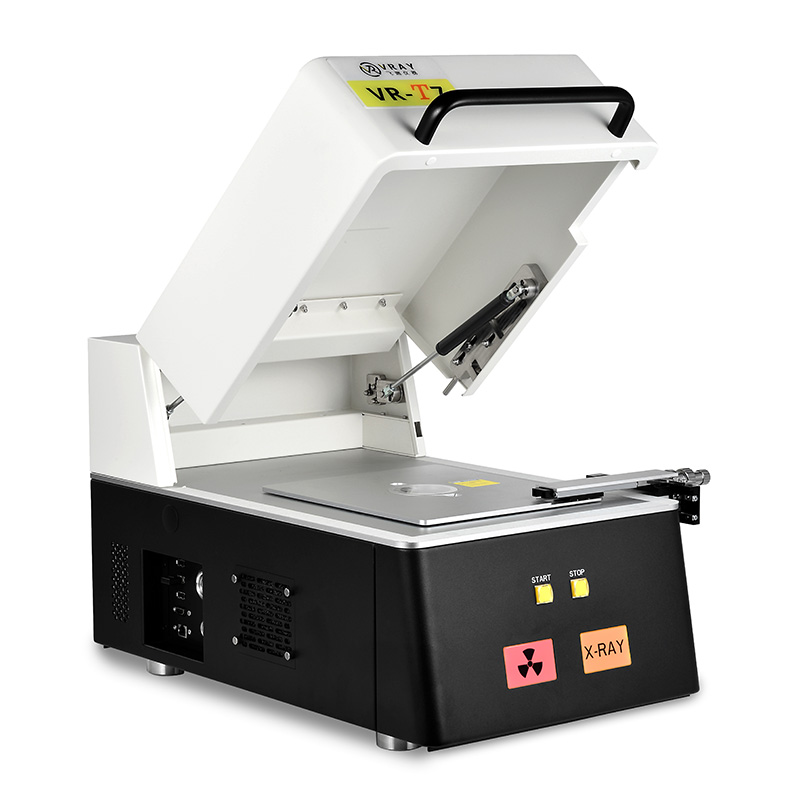
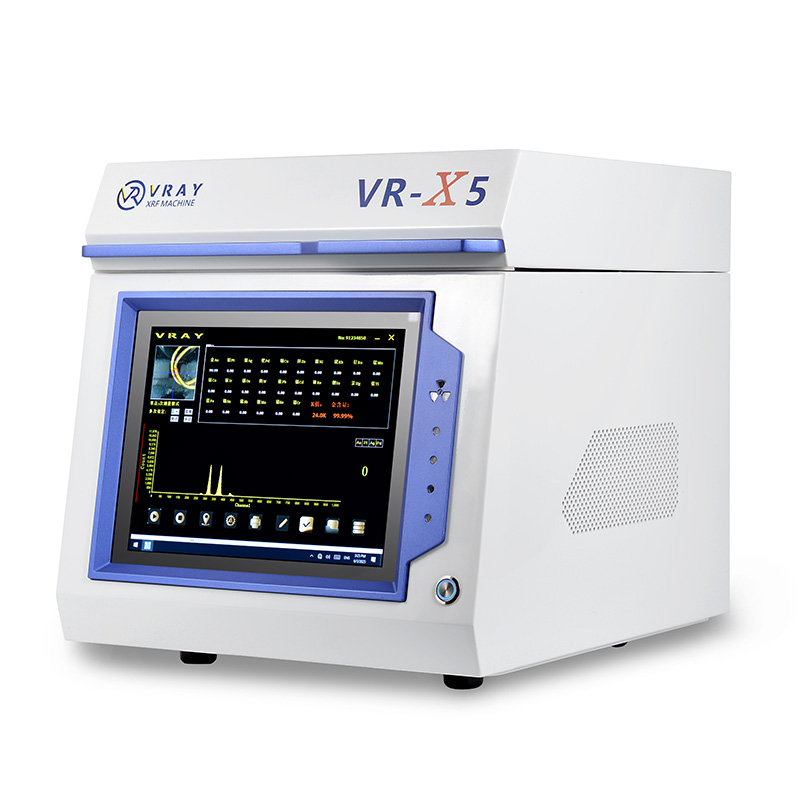
VRAY offers a comprehensive selection of gold testers, providing precise and non-destructive elemental analysis for the gold and precious metals industry. Whether you need a highly portable solution for on-the-go appraisals or a high-precision desktop unit for laboratory-grade analysis, our instruments are designed to meet diverse professional demands.
Our gold tester prices range from an accessible $6,000 to $22,000 USD, reflecting the advanced technology, accuracy levels, and unique features integrated into each model. This guide will provide a detailed breakdown of our pricing, thoroughly analyze the factors influencing these costs, and offer scientific purchasing strategies based on your budget and specific use cases.
The varying gold tester prices across VRAY's lineup are directly linked to several critical factors that define each instrument's capabilities and suitability for different applications.
This is often the most significant price driver.
High-Sensitivity SDD (Silicon Drift Detector): Models like the VR-S7 and VR-T7 fall into the highest price bracket ($20,000-$22,000) due to their advanced SDD detectors. These provide superior energy resolution and faster data acquisition, leading to the highest accuracy (e.g., 0.01% for 9999 gold). This precision is vital for high-end refining, quality control in manufacturing, and accredited assay labs where minute purity differences translate to substantial financial implications.
Customized Si-Pin Detector: Models like the VR-H5, VR-M5, VR-X5, VR-S6, and VR-T6 (ranging from $10,000-$18,000) utilize Si-Pin detectors. While slightly less precise than SDDs for trace elements, they offer excellent accuracy for gold testing (e.g., 0.03% or 0.05% for 9999 gold), making them highly effective for most commercial applications like jewelry retail and pawn shops.
Gas Proportional Counter: The VR-X3 ($6,000-$7,000) typically employs a gas proportional counter, which offers reliable, basic gold identification and karating at the most economical price point, suitable for general verification needs.
Handheld/Portable Units (VR-H5, VR-M5): These models (priced $15,000-$18,000) are engineered for mobility. Their compact size, lighter weight (e.g., VR-H5 at 1.6Kg), and robust battery systems (e.g., VR-H5 with 8-hour battery life) enable on-site testing. The premium reflects the miniaturization, ruggedization, and specialized power management required for field use.
Desktop Units (VR-X3, VR-X5, VR-S6, VR-S7, VR-T6, VR-T7): These are designed for fixed locations, offering stability and often larger sample chambers. Their varied prices depend on the detector, X-ray tube, and integrated features.
More advanced X-ray tubes, such as those with beryllium windows (often found in higher-end models like VR-T7), enhance the detection of lighter elements, broadening the analytical capabilities beyond just heavy precious metals. This contributes to the higher price for versatile laboratory-grade instruments.
High-Resolution Cameras & Magnification: Features like a 5-million-pixel camera with significant magnification (40x-160x on VR-T7) allow for precise targeting of small areas and detailed visual documentation, adding to the cost.
Integrated Computers & Touchscreens: Models with inbuilt industrial computers (i5-1035G7 Win11) and large touchscreens (11.6" on VR-S7, VR-T6, VR-S6) provide an all-in-one, user-friendly experience, eliminating the need for external peripherals and streamlining operations, influencing their price.
Sample Stage Automation: Features like the Manual sample XY platform on the VR-T7 allow for precise, repeatable positioning of samples for multiple tests on different spots, a feature valued in high-precision labs.
All VRAY models feature T-shaped radiators for efficient heat dissipation, ensuring stable, continuous operation without cooling waits. Higher-end models may also come with specific radiation reports and robust shielding, ensuring compliance and operator safety, reflecting in their cost.
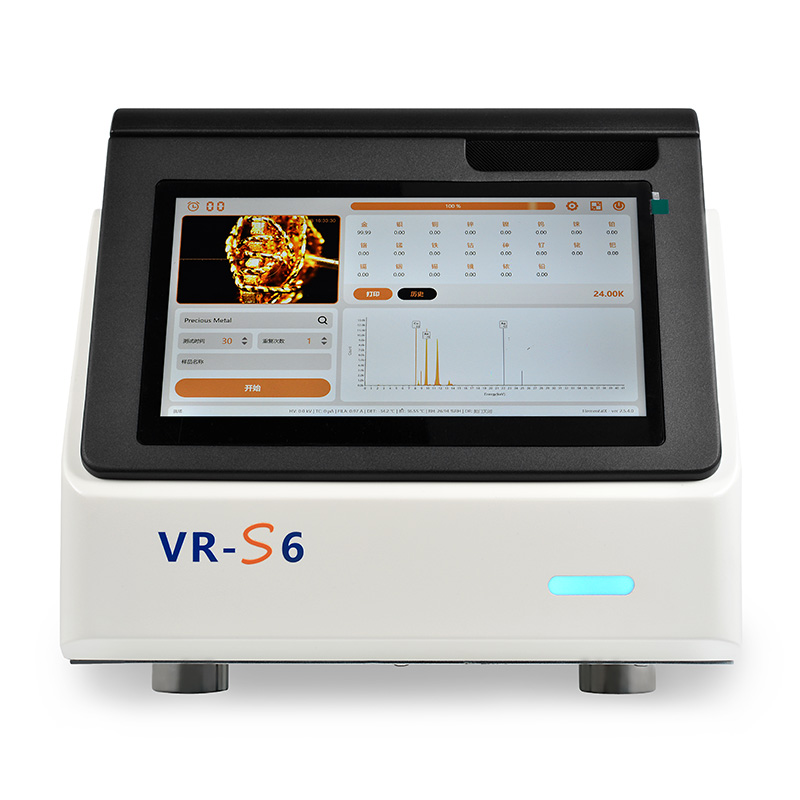
Choosing the "right" gold tester price means selecting a model that offers the best Return on Investment (ROI) for your specific business needs.
Budget: $6,000 - $7,000
Model Recommendation: VR-X3.
Use Case: Small pawn shops, independent gold buyers with limited volume, or businesses needing basic, non-destructive karat verification to avoid simple fakes. It provides a highly cost-effective entry into XRF testing.
ROI Strategy: Rapid ROI by preventing a few instances of misidentified low-value gold or basic fraud.
Budget: $10,000 - $14,000
Model Recommendation: VR-X5, VR-S6, VR-T6.
Use Case: Busy jewelry retail stores, medium-sized pawn shops, and jewelry workshops. The VR-X5 offers good accuracy in an all-in-one desktop. The VR-T6 provides excellent accuracy with an integrated computer, while the VR-S6 offers similar performance in a compact, mini-desktop design, ideal for limited counter space.
ROI Strategy: Strong ROI through reliable karat verification (0.03% or 0.05% accuracy), preventing losses from mislabeled gold, and enhancing customer trust with transparent, on-the-spot testing. The integrated computers streamline workflow, boosting efficiency.
Budget: $15,000 - $18,000
Model Recommendation: VR-H5, VR-M5.
Use Case: Mobile gold buyers, estate sale appraisers, field geologists, or anyone needing to perform accurate tests away from a fixed location. The VR-H5 is ultra-portable for handheld use, while the VR-M5 offers a portable design with a larger screen and camera for detailed viewing.
ROI Strategy: High ROI driven by the ability to prevent fraud and accurately appraise items directly at the source. A single significant fraudulent transaction avoided can quickly cover the unit's cost. The mobility expands business reach and customer service capabilities.
Budget: $20,000 - $22,000
Model Recommendation: VR-S7, VR-T7.
Use Case: Gold refiners, accredited assay laboratories, high-volume bullion dealers, and jewelry manufacturers requiring the absolute highest accuracy (0.01%) for quality control, certification, and analysis of highly pure or complex alloys. The VR-T7 further adds an XY platform and advanced camera for precise micro-analysis.
ROI Strategy: Critical for industries where even minute percentage differences equate to significant financial impact. Ensures product quality, meets stringent regulatory requirements, and provides irrefutable evidence of purity, thereby protecting reputation and profitability in high-stakes environments.
By aligning your specific operational needs with the corresponding technological capabilities and price points, you can make a strategic investment in a VRAY gold tester that delivers optimal performance and maximizes your return
Address: 5F, No. 21 building, Phase 2,Lianchuang Science&technology Park, Longgang District. Shenzhen, China